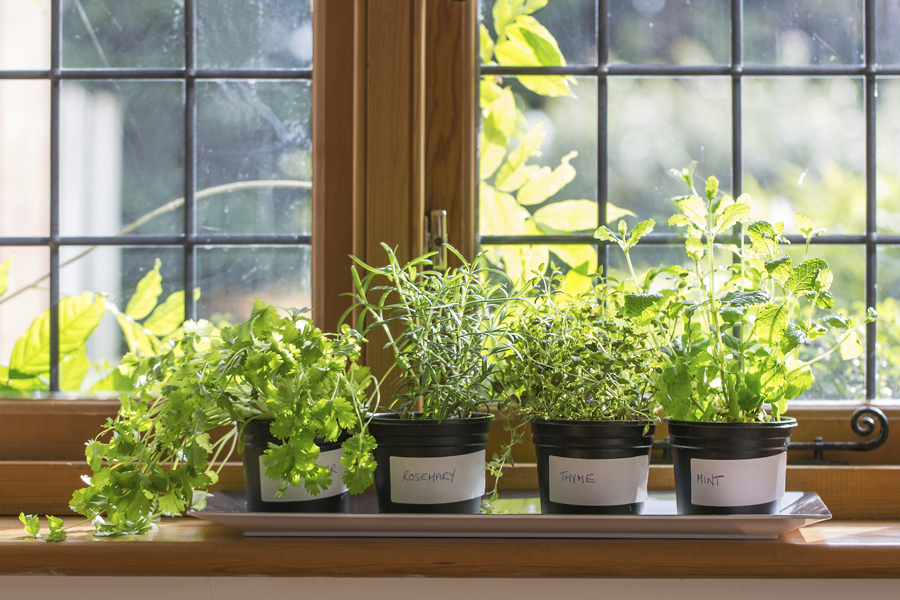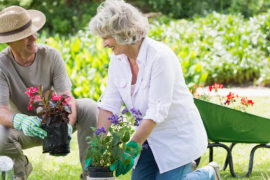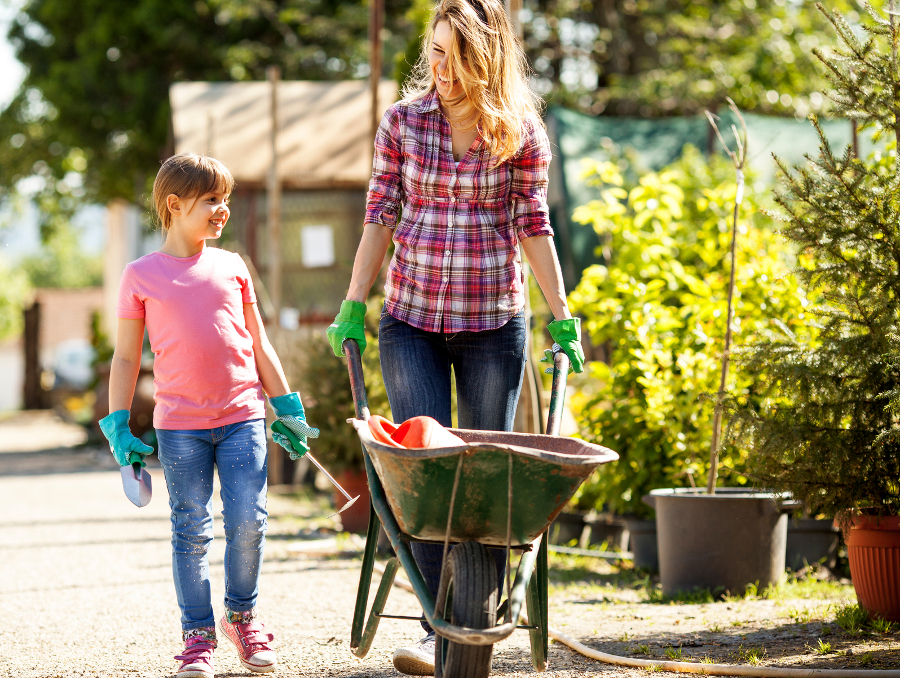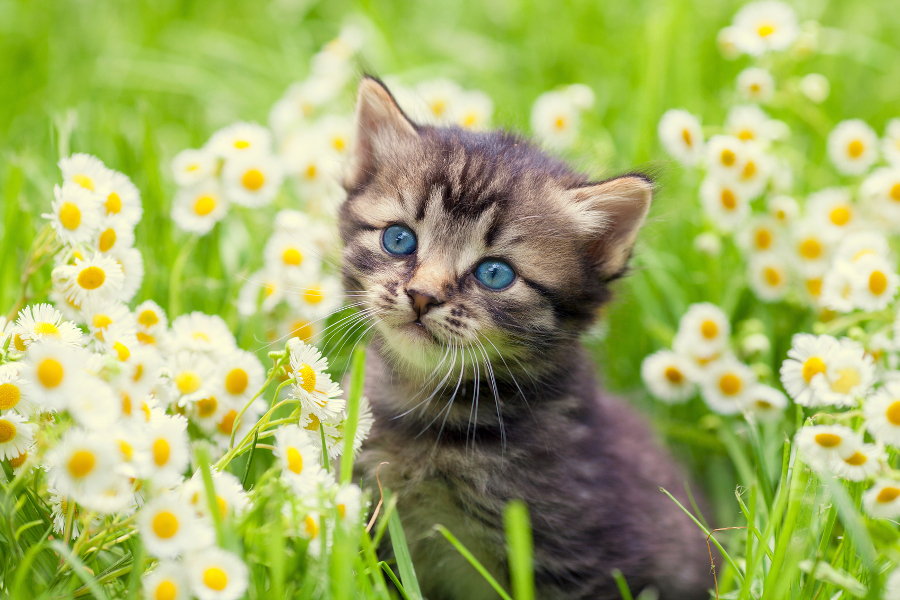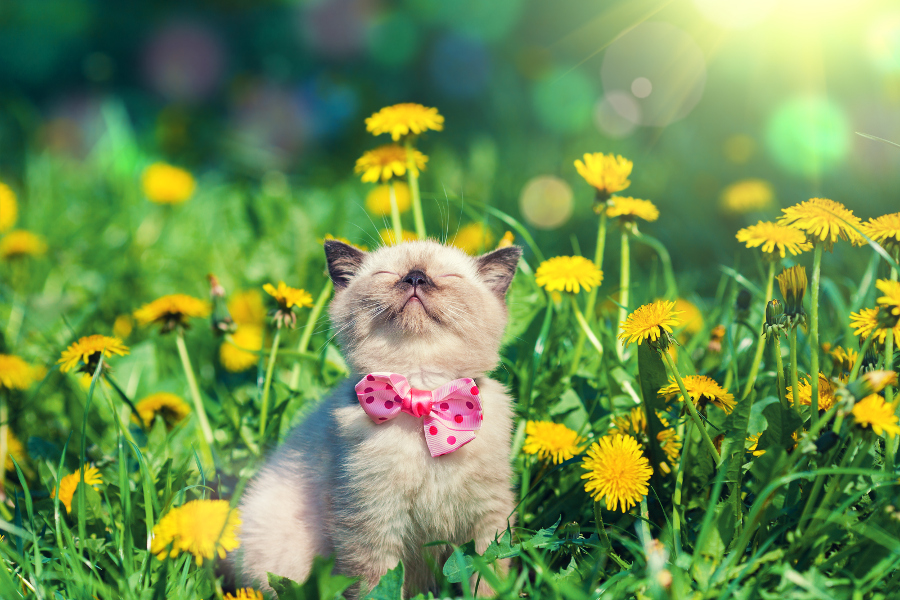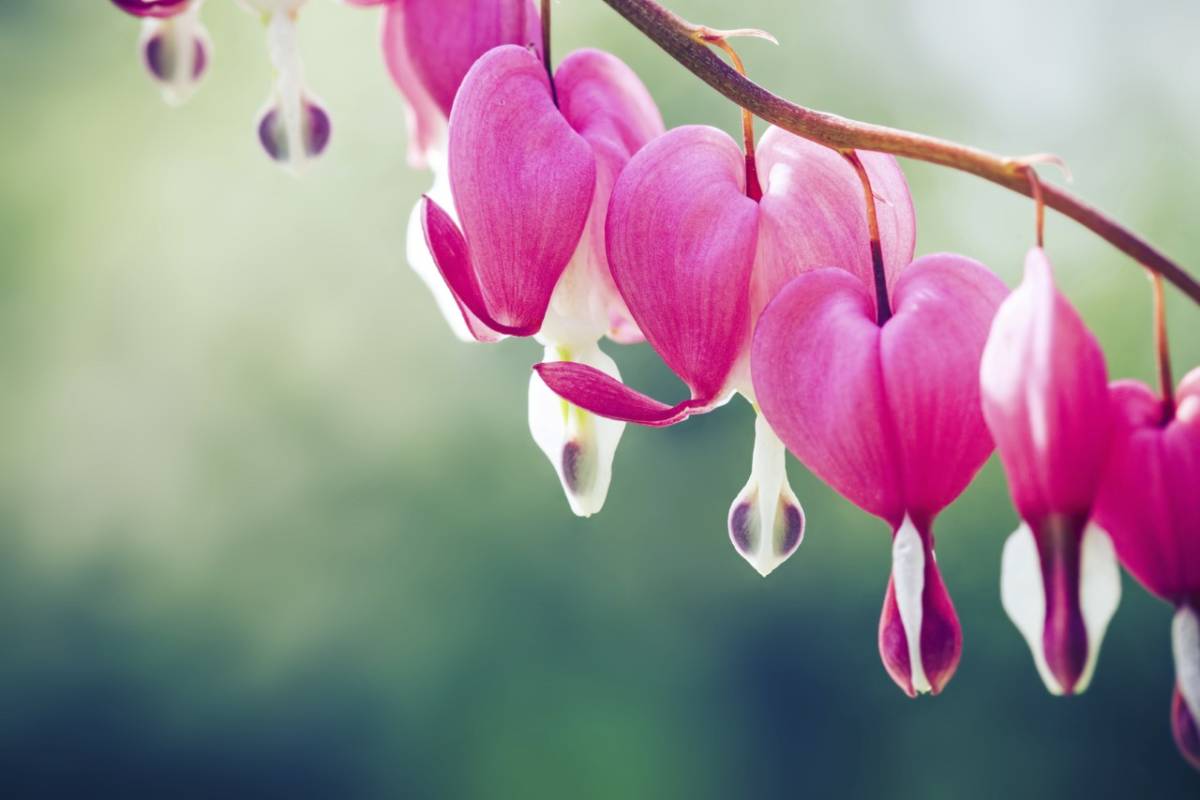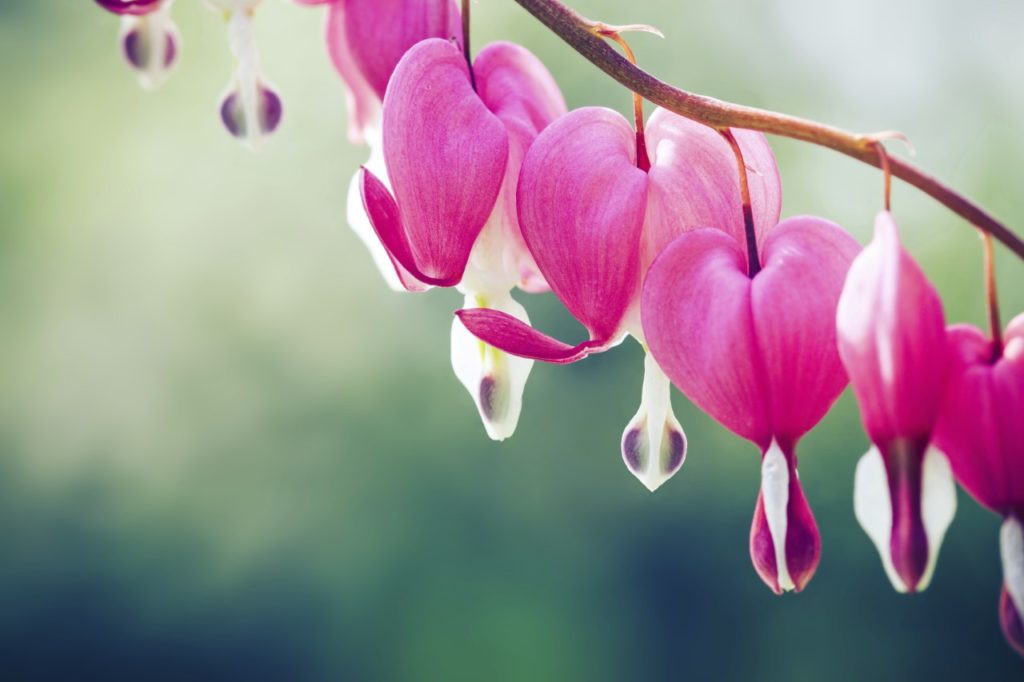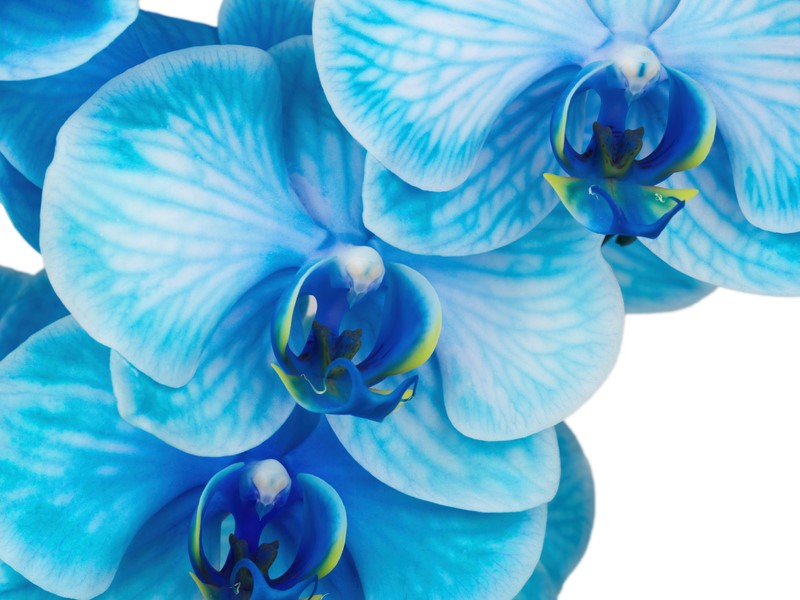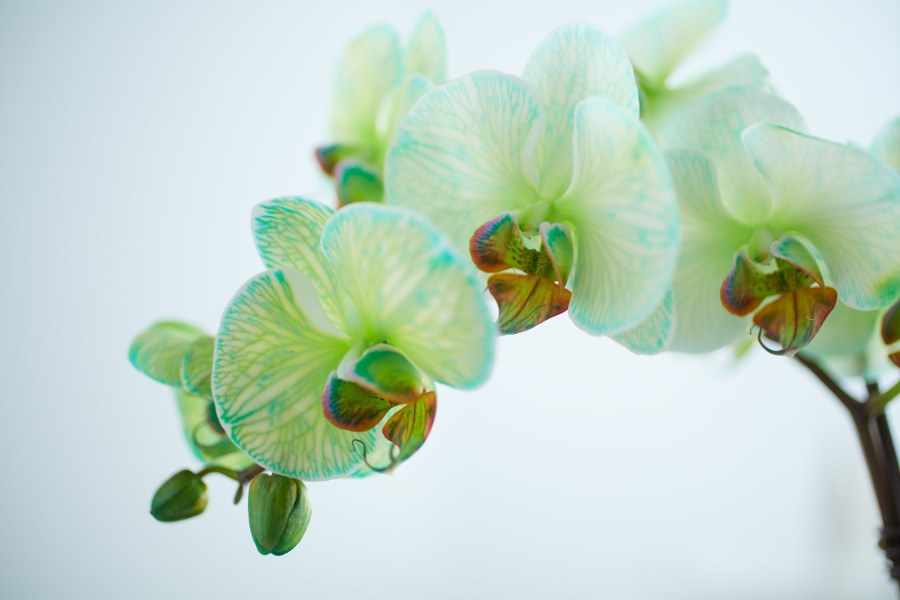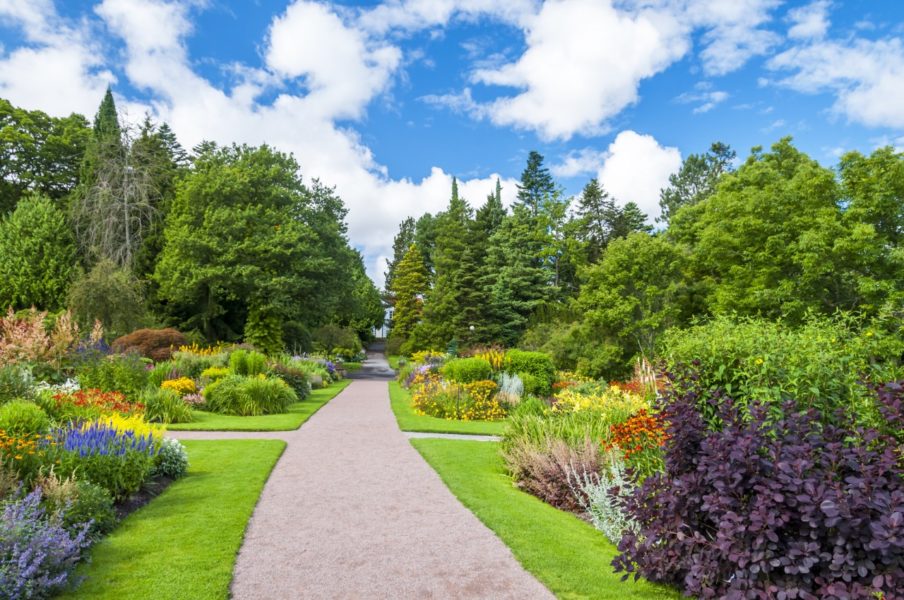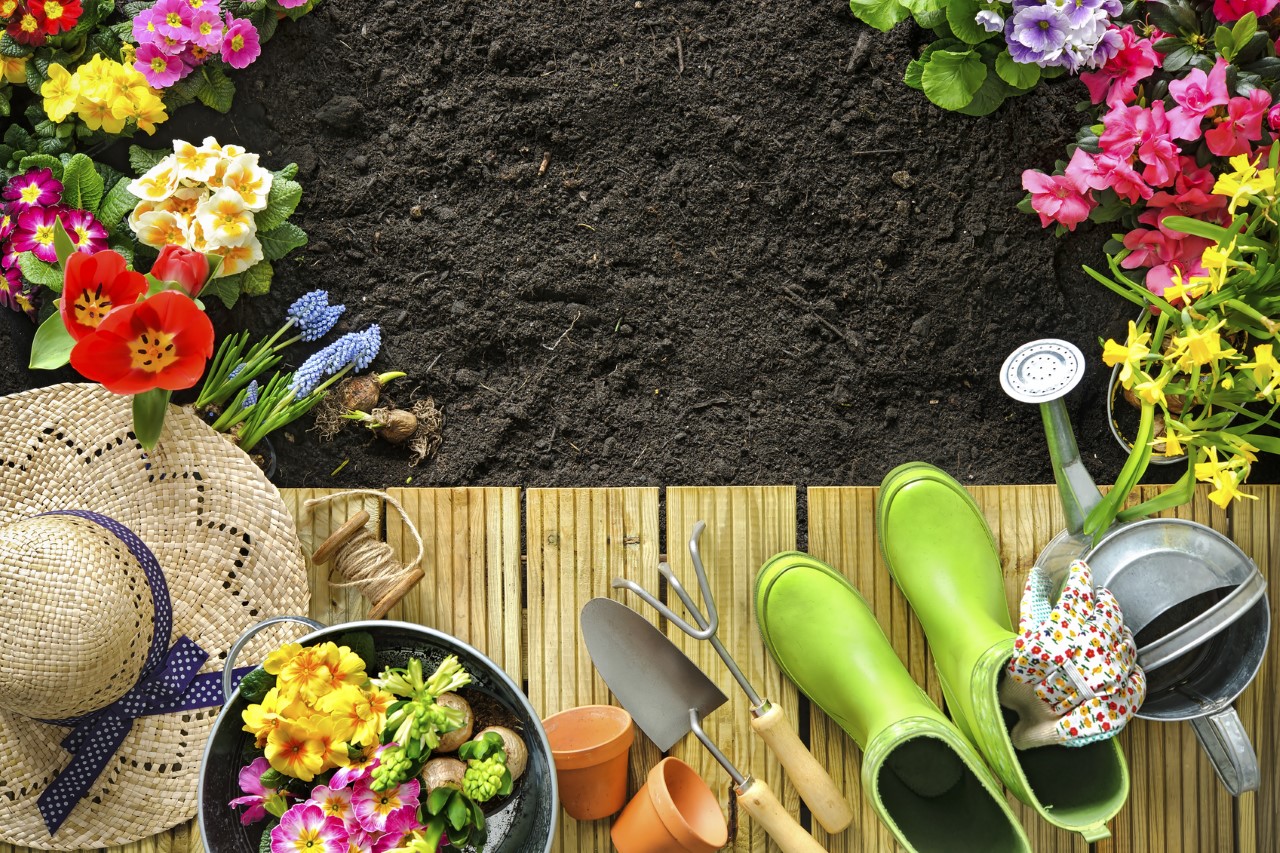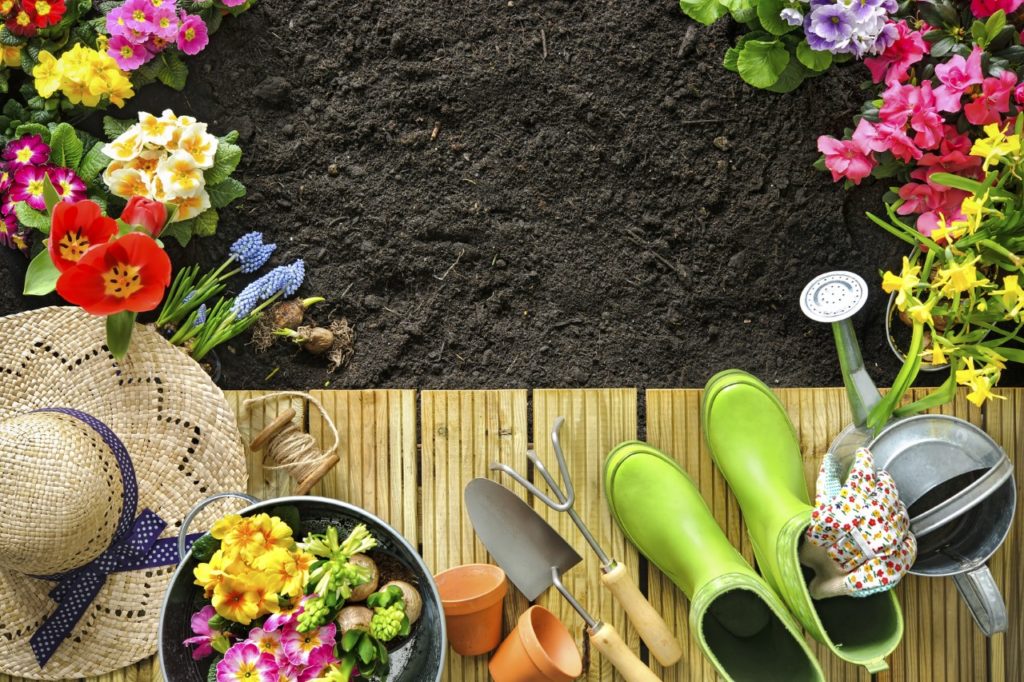We can do a lot of things to improve our mood and overall well-being, such as exercising and eating right, but one oft-overlooked approach is aromatherapy. According to the National Association for Holistic Aromatherapy, aromatherapy is defined as using “naturally extracted aromatic essences from plants to balance, harmonize, and promote the health of body, mind. and spirit.” This is also referred to as essential oil therapy.
A number of different plants can be used for aromatherapy purposes. Here are 12 of our favorites.
1. Sage
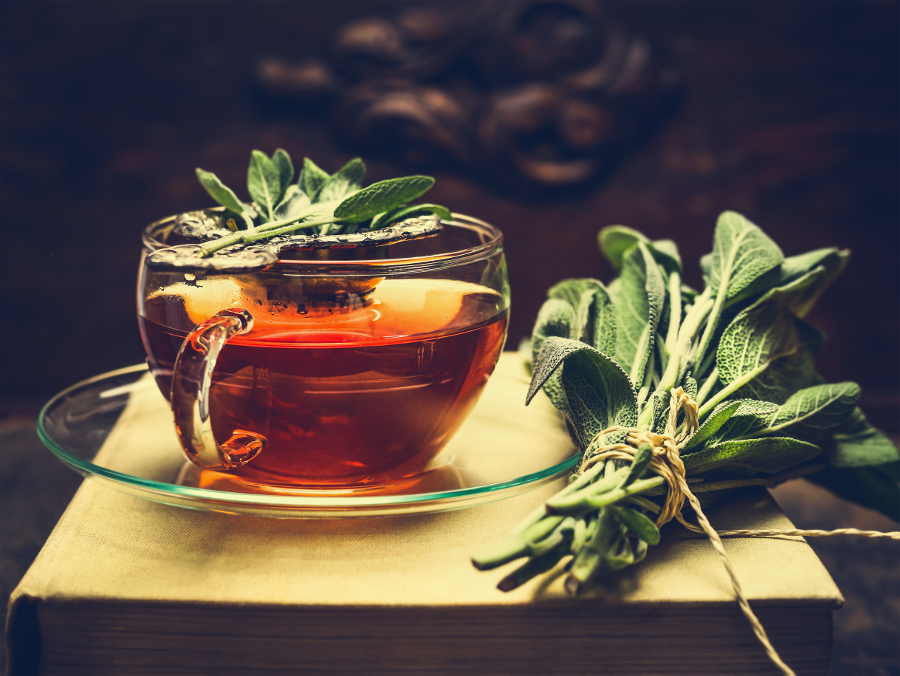
Sage plants can help with many things, including improving alertness, acting as an antioxidant and anti-inflammatory, managing asthma, and even helping cope with depression.
2. Ginger

One of the main benefits of ginger when used during aromatherapy is its ability to treat emotions. Ginger is also said to be helpful when it comes to improving communication skills and enhancing memory.
3. Cinnamon

With its sweet yet spicy smell, cinnamon is said to help improve mood, reduce drowsiness, and ease pain. Studies have also shown that being in the presence of cinnamon’s scent can help with concentration and performance.
4. Jasmine
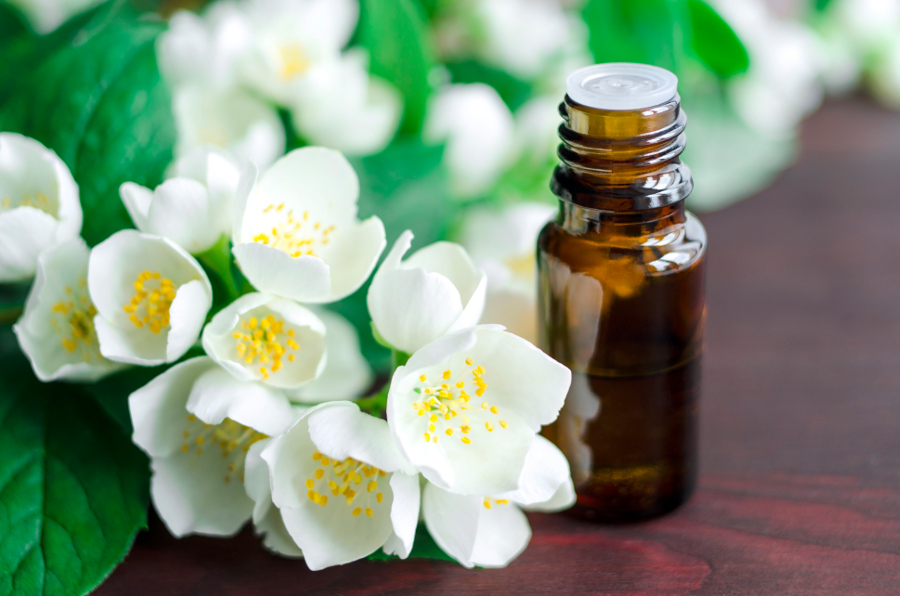
Jasmine flowers typically open up at night, so that is the best time to experience their therapeutic effects. Those include improving alertness and one’s mood, as well as helping purify the air.
5. Lemon
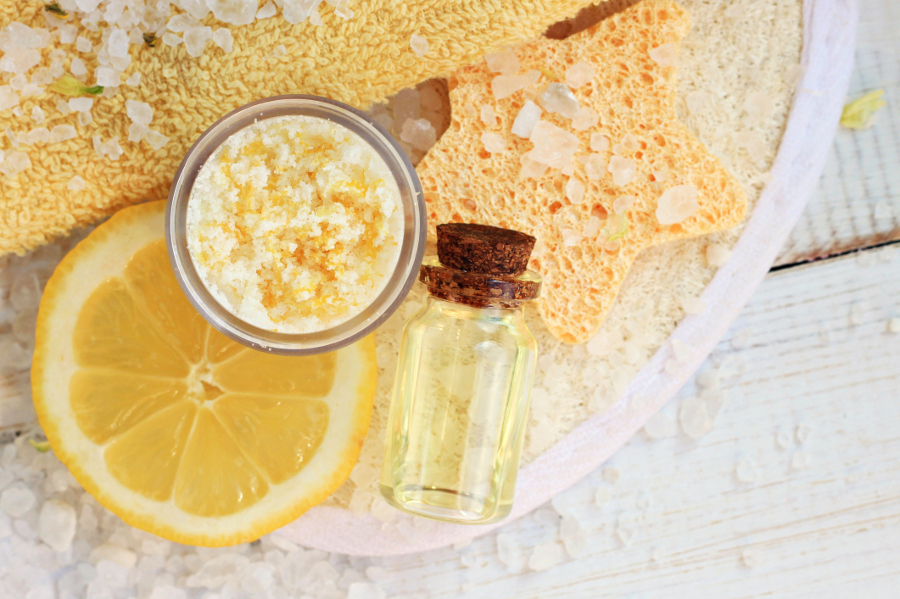
If you’re feeling stressed, you might want to turn to lemon plants during an aromatherapy session. These are said to be able to transport you to a happier, more positive place, and, as an added bonus, you might even find that cognitive functioning is improved too.
6. Lavender
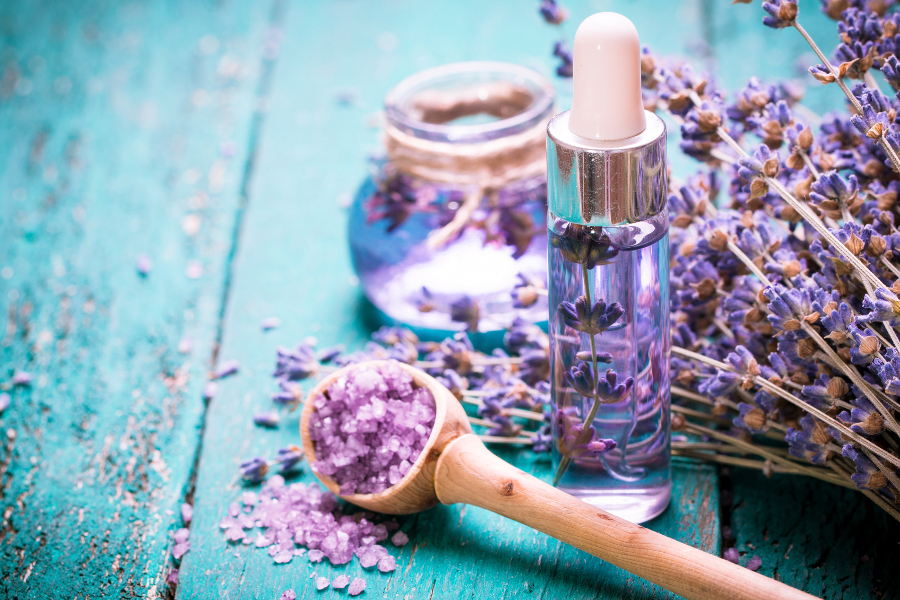
Lavender has proven to be helpful for sleep and anxiety. A lavender plant’s fragrance is said to have a very calming effect, so if you’re having trouble getting some shut eye, you may want to consider having lavender plants in the bedroom.
7. Coriander
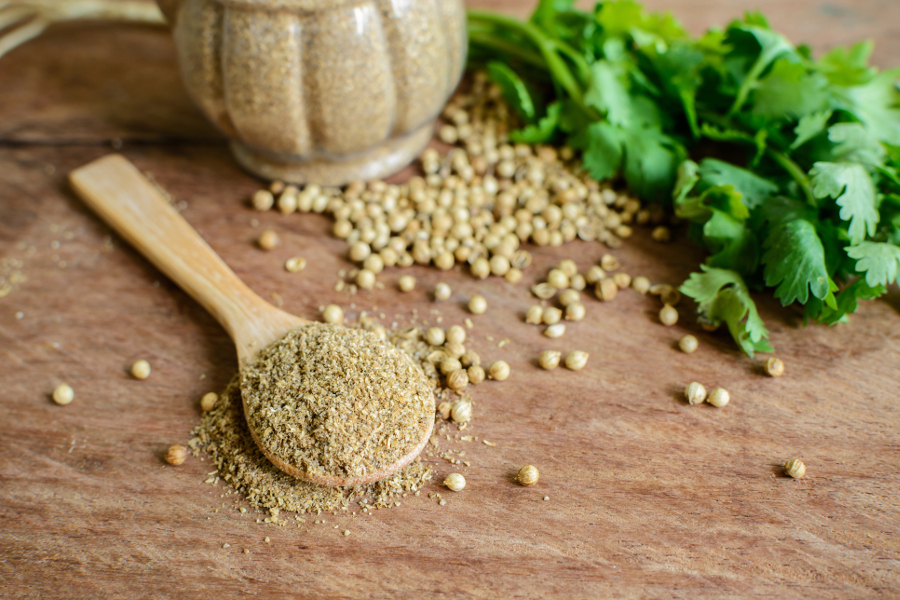
In addition to the physical benefits of rejuvenating our skin, soothing muscle and joint paint, and helping with an upset stomach, coriander offers the emotional benefit of enabling us to “let go” and find peace.
8. Basil
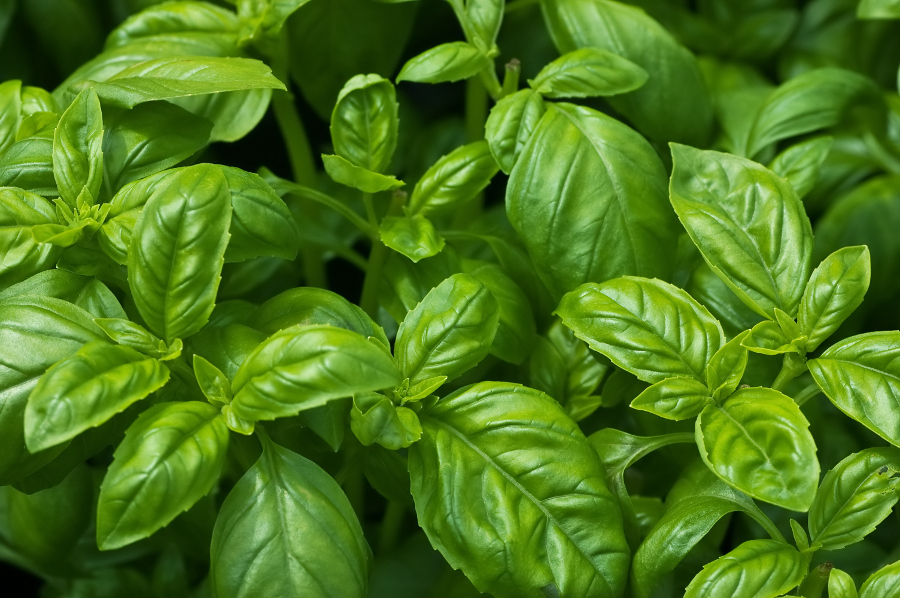
Like lemon, basil is also said to contain compounds that can reduce stress, which could also help with blood pressure and heart rate. Additionally, when used for aromatherapy, basil can improve mood, relieve pain from muscle aches, help with depression and anxiety, and increase alertness.
9. Fennel
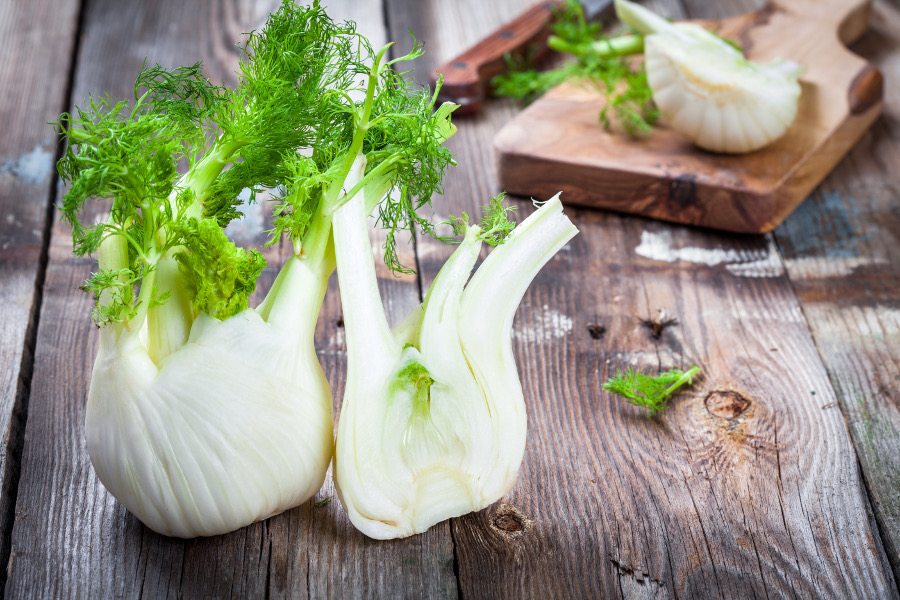
The sweet aroma produced by fennel essential oils has a smell similar to that of licorice. Some of the benefits of fennel oil are the ability to cope with anxiety, improved focus and concentration, and relief from respiratory issues.
10. Clove
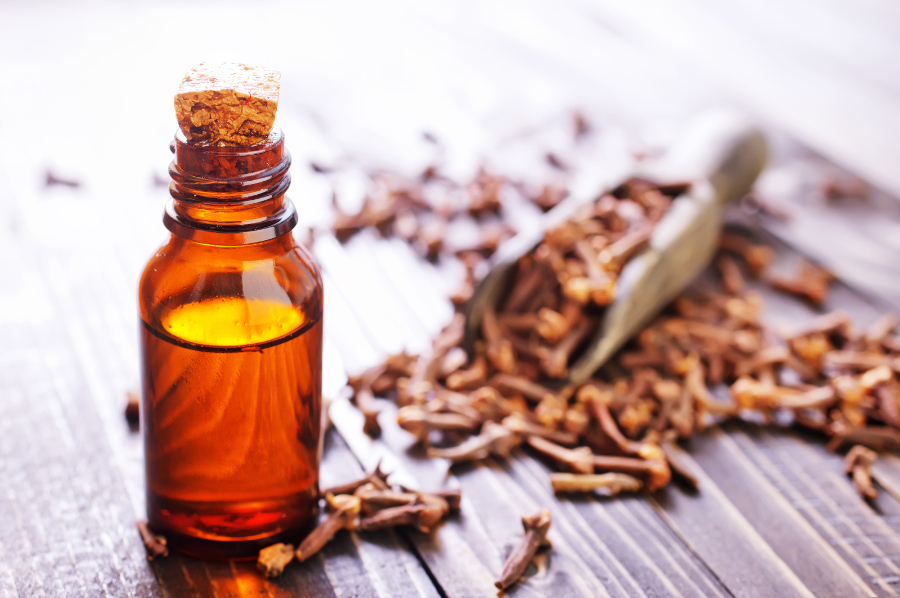
Clove produces a powerful scent that is sweet yet spicy, and hot. Along with being able to help with toothaches, respiratory issues (including the common cold), and the flu, clove is also effective in relieving nausea or a headache, or providing an energy boost.
11. Eucalyptus
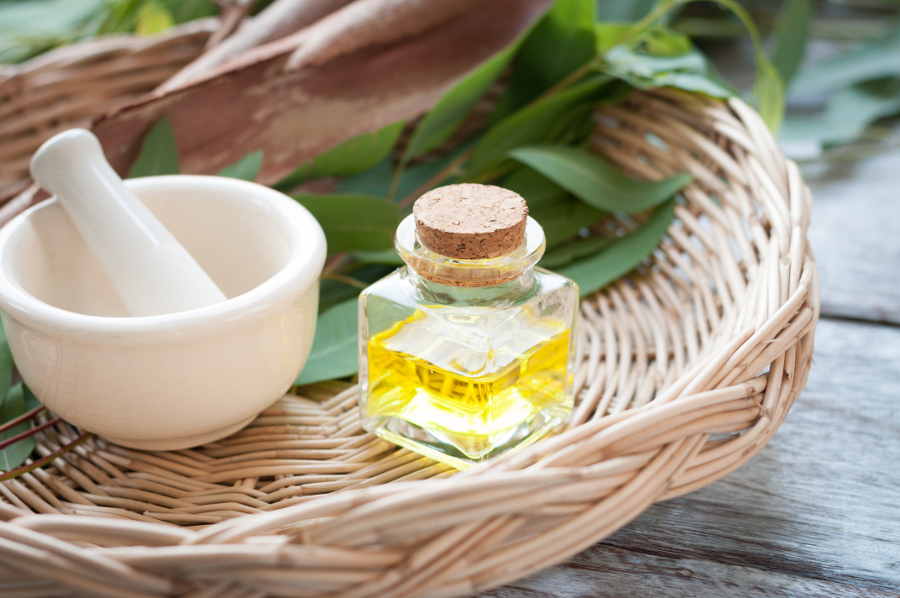
Eucalyptus can help not only your home and garden, as its scent is great for repelling insects, but you as well: It is a natural congestion reliever.
12. Calendula
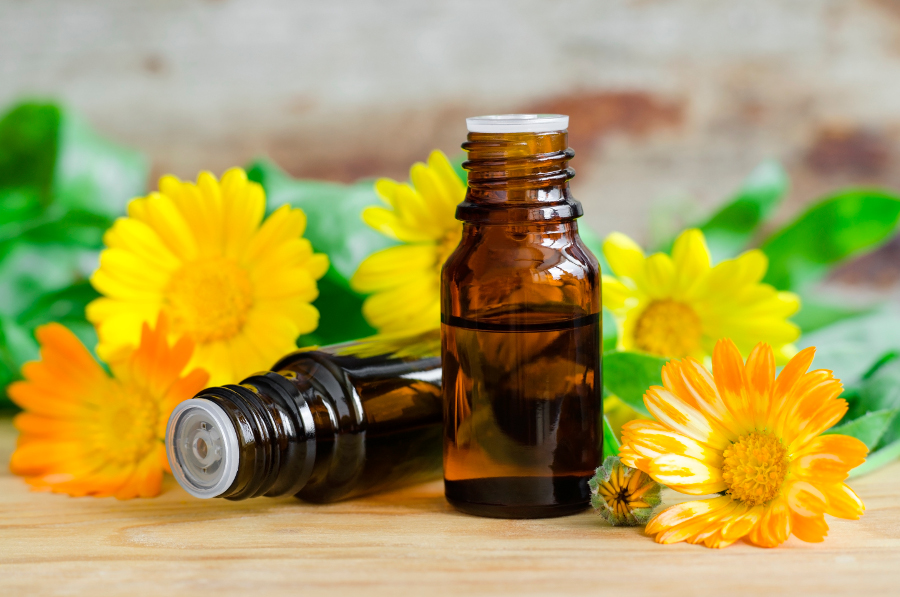
Calendula has a host of medicinal uses, including treating mosquito and insect bites (it’s super soothing!), and helping with muscle spasms, fevers, and other symptoms, including sore throats. It also has been shown to be effective in treating wounds and reducing swelling.
No matter what you’re dealing with — whether it’s stress, anxiety, an illness, or if you just need a bit of a pick-me-up — aromatherapy plants can be your saving grace.
